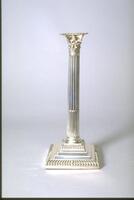13 UMMA Objects
13 UMMA Objects

Randolph Rogers (American (North American))
Nydia, the Blind Flower Girl of Pompeii
1861
Gift of Rogers Art Association
1862.1
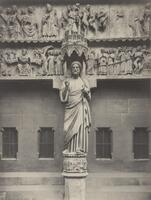
François Rothier
Christ Blessing, Trumeau on the door of the Last Judgment, Reims Cathedral
1867 – 1914
Gift of Howard and Margaret Bond
1996/1.48
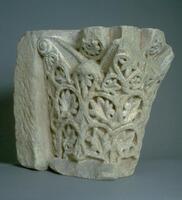
French (French (culture or style))
Engaged capital with vine rinceau, palmette leaves, and rosettes
1100 – 1125
Museum Purchase
1982/1.273
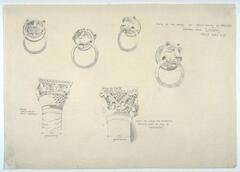
Albert Kahn (American (North American))
Some of the heads on front doors of bronze central arch S. Marks, Venice
04/13/1891
Transferred from the College of Architecture and Design, 1972—Gift of the Family of Albert Kahn: through Dr. Edgar A. Kahn; Mrs. Barnett Malbin; Mrs. Martin L. Butzel
1972/2.449

Hubert Robert (French (culture or style))
Scene with Antique Ruins
1754 – 1808
Gift of Professor Walter M. and Nesta R. Spink
2012/2.183
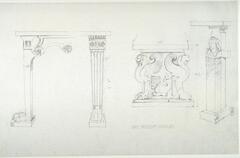
Albert Kahn (American (North American))
Nat. Museum Naples
1869 – 1942
Transferred from the College of Architecture and Design, 1972—Gift of the Family of Albert Kahn: through Dr. Edgar A. Kahn; Mrs. Barnett Malbin; Mrs. Martin L. Butzel
1972/2.687
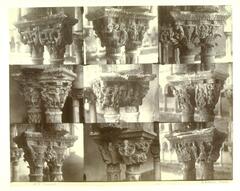
Giorgio Sommer (Italian (culture or style))
Monreale
1866 – 1891
Transfer from the Kelsey Museum of Archaeology
1980/1.172
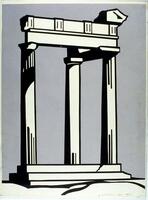
Roy Lichtenstein (American (North American))
Temple
1964
Gift of Dr. & Mrs. J. Robert Willson
1983/1.136
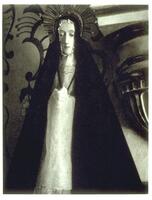
Paul Strand (American (North American))
Virgin, San Felipe, Oaxaca
1933
Gift of Mr. and Mrs. Philip C. Davis through the Friends of the Museum of Art
1971/2.126.3

Spanish
Capital from the palace-city of Medinat al-Zahara with stylized acanthus leaves, vine rinceau and fleurons
936 – 1010
Transfer from the College of Architecture
1979/2.1
Loading…

